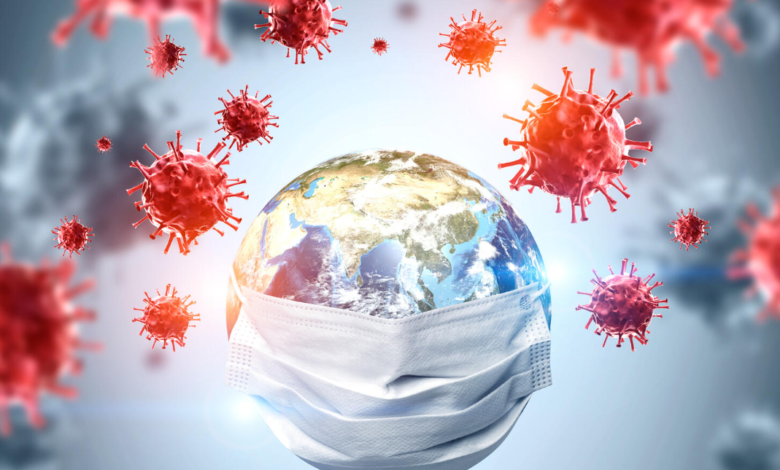New pandemic soon? Over 200 human pathogenic diseases worsen due climate change, reveals study

Climate risks have also been linked to viruses’ rising ability for more serious infection.
As the world continues to fight viral infections such as Covid-19 and monkeypox, a major study revealed that more than 200 human pathogenic diseases have been increased by climate change and could only get worse in the years to come.
According to a study that was published in the journal Nature Climate Change, at least one climate hazard had an impact on at least 218 out of 375 known human pathogenic diseases at some point, including dengue, hepatitis, pneumonia, malaria, and Zika, via 1,006 different pathways.
Climate risks have also been linked to viruses’ rising ability for more serious infection. The influence of 10 climate dangers sensitive to greenhouse gas (GHG) emissions on each recognised human pathogenic disease was the subject of a systematic search by the researchers for empirical instances.
“Given the extensive and pervasive consequences of the pandemic, it was truly scary to discover the massive health vulnerability resulting as a consequence of greenhouse gas emissions,” said Camilo Mora, geography professor in the College of Social Sciences (CSS) at University of Hawaii at Manoa.
“There are just too many diseases, and pathways of transmission, for us to think that we can truly adapt to climate change. It highlights the urgent need to reduce greenhouse gas emissions globally,” Mora added.
These risks included sea level rise, ocean biogeochemical change, drought, heatwaves, wildfires, extreme precipitation, floods, and changes in land cover. The researchers then went through more than 70,000 scientific papers in search of concrete data on how various climatic hazards can affect various known diseases.
According to the study, there are several factors that can affect diseases caused by viruses, bacteria, animals, fungi, protozoans, plants, and chromists, including warming, precipitation, floods, droughts, storms, land cover changes, ocean climate changes, fires, heatwaves, and sea level changes. Most pathogenic infections were spread by vectors.
Additionally, case studies for the transmission channels of waterborne, airborne, direct contact, and foodborne were discovered.
“Climatic hazards are bringing pathogens closer to people. Numerous climatic hazards are increasing the area and duration of environmental suitability facilitating the spatial and temporal expansion of vectors and pathogens, the findings showed.
For example, warming and precipitation changes were linked to the expansion of the range of the mosquitoes, ticks, fleas, birds, and a number of mammals that were implicated in the outbreaks of viruses, bacteria, animals, and protozoans like dengue, chikungunya, plague, Lyme disease, West Nile virus, Zika, trypanosomiasis, echinococcosis, and malaria, to name a few.
Increased cases of many waterborne diseases, including gastroenteritis, primary amoebic meningoencephalitis, and Vibrio-associated infections, have been linked to heatwaves.
The study found that human displacements brought on by storms, floods, and sea level rise were linked to cases of leptospirosis, cryptosporidiosis, Lassa fever, giardiasis, gastroenteritis, Legionnaires’ diseases, cholera, salmonellosis, shigellosis, pneumonia, typhoid, respiratory disease, and skin diseases, among other illnesses.
Climatic hazards have also diminished human capacity to cope with pathogens by altering body conditions like adding stress from exposure to hazardous conditions. “We knew that climate change can affect human pathogenic diseases,” said study co-author Kira Webster.
Researchers also found that, while the great majority of diseases were aggravated by climatic hazards, some were diminished (63 out of 286 diseases).
This story has not been edited by News Mania staff and is published from a syndicated feed
Photo: Internet






